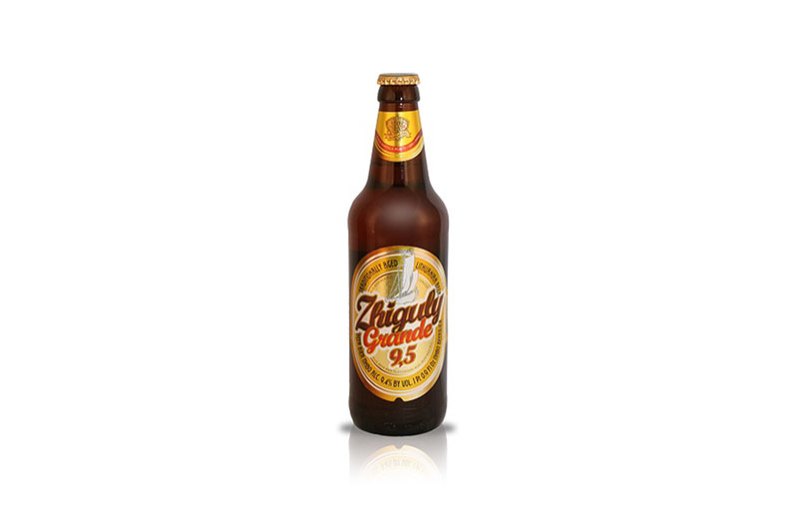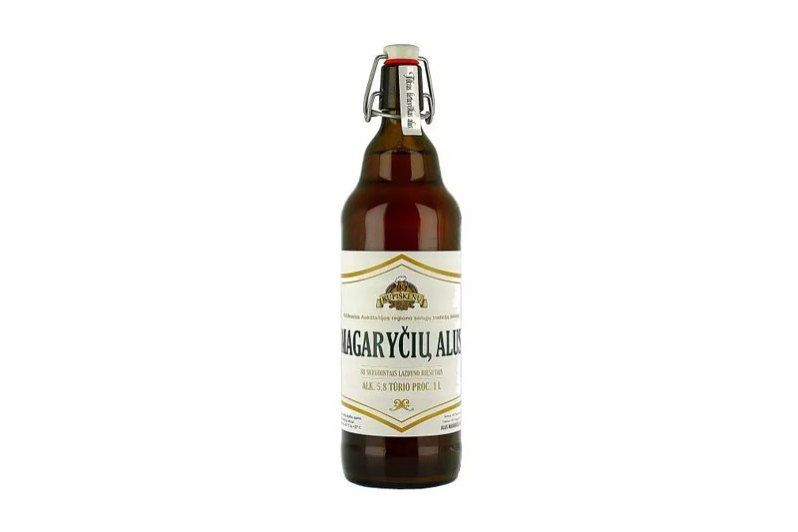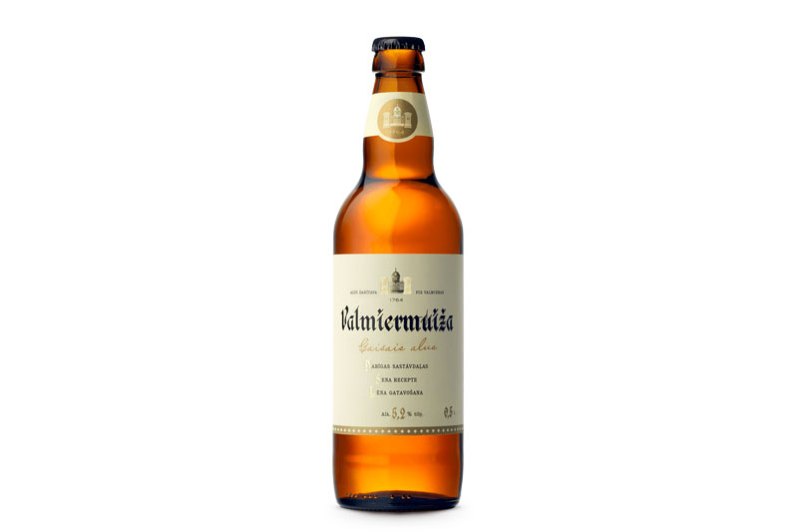The fact that beer is the most popular alcoholic beverage isn’t that remarkable. What’s more impressive is how exceptionally vibrant beer culture has remained across different eras, with locals giving it documented props and shout-outs as far back as the 11th century. Lithuania is the eastern European nation most famous for amber Baltic shores, Charles Bronson, and its own scent. Beer, however, should probably join that list.
Instead of copying the numerous varieties developed by neighboring countries — Czech Pilsners, German Lagers, Belgian Krieks, etc. — Lithuanians source ingredients locally and produce their own unique genre. Earthy and yeast-driven, the most distinctive beer, dubbed kaimiskas, is most comparable to a farmhouse ale.
The country presently houses about 80 breweries, roughly half of which are micro in nature. Lagers remain popular there, as in most parts of the world, but Lithuanians seem to know they’re sitting on something indigenous and special with their kaimiskas. Born long before industrialization, they are living relics of an old agrarian way of life, and very much taste like it (in a good way). As Draft eloquently stated, these beers are “flux capacitors in liquid form.”
Much of the brewing activity takes place in the northern reaches of the country. The beers are made from distinctive strains of yeast, alongside a smattering of hops and often unboiled wort — something of a rarity. The result is beer that’s decidedly rustic and beaming with Lithuanian terroir.
This is the kind of Old World beer brewed for and by farmers, at least initially. It survived wars, revolutions, ebbs and flows in the economy, and nationhood. It has remained mostly on the back burner but, at least within Lithuania, is a great source of pride and something that’s passed down from generation to generation. Villages always had, and still do to some extent have, brewers. And the good beer was treated like any great feat from a true craftsman, with respect and adulation. To drink one of these beers is to pay tribute to something much bigger and engrained than you might originally think. And, who knows, perhaps with a little nudge, Lithuanian Kaimiskas can at least be the next White IPA.
Lately, the Lithuanian craft beer scene has struggled against alcohol advertising bans and beer curfews. It’s a strange reality in a country that has been more or less supportive of the stuff for a thousand years. The capital city of Vilnius, especially, is known for going against the grain, producing micro-focused bottle shops and maintaining a general reverence toward the more creative local brews.
There are some options for getting the stuff here in the states and, earlier this year, one of the country’s famed yeast strains landed stateside. It never hurts to pester your favorite bottle shop, urging them to bring some of these wildly unique beer options to your neighborhood. Neighbors like Poland get more of the tourist limelight but next time you’re considering eastern Europe — in actuality or by the power of the internet or your most diverse bottle shop — consider Lithuania and its signature beer.
Want to try a Lithuanian beer? Here are three to seek out:
Rinkuškiai Zhiguly Grande 9.5

It pours a beautiful amber hue and shows satisfying caramel flavors with a bit of yeasty funk. Richer flavors of candied fruit and malt come to the fore as well. For a strong ale, it packs a fair amount of finesse.
Kupiškio Magaryčių Alus

This one shows cereal-like grain flavors, with a bit of nuttiness and pleasant finish. The bottle makes a great keepsake for your collection and can remind you to drink more suds from the far eastern reaches of Europe.
Valmiermuiža Amber Lager

It’s a chore trying to find this beer, like so many smaller-production craft options from Lithuania, but it doesn’t hurt to try. Enjoy its delicious rawness, a lovely version of an unpasteurized and very much alive ale.


